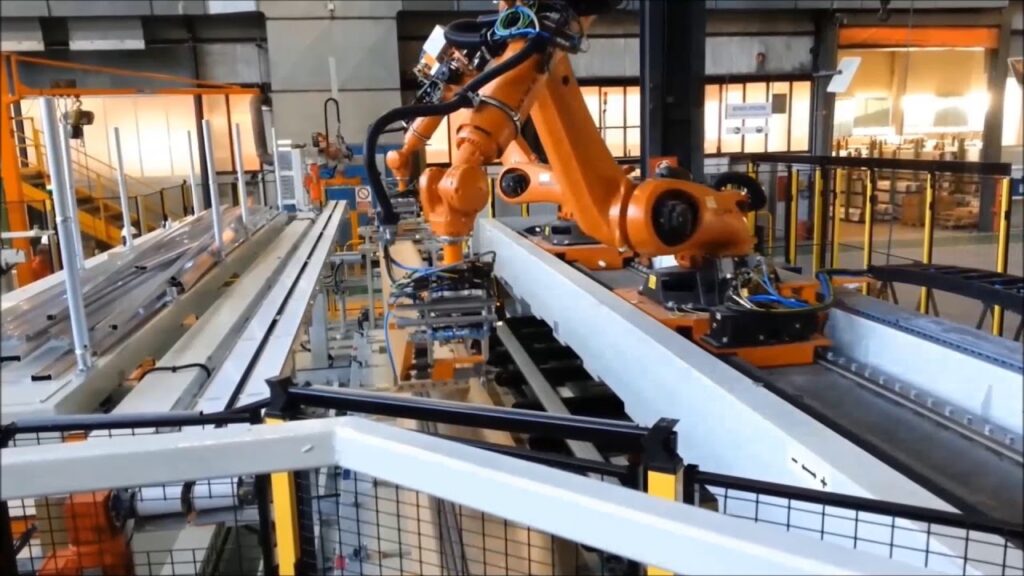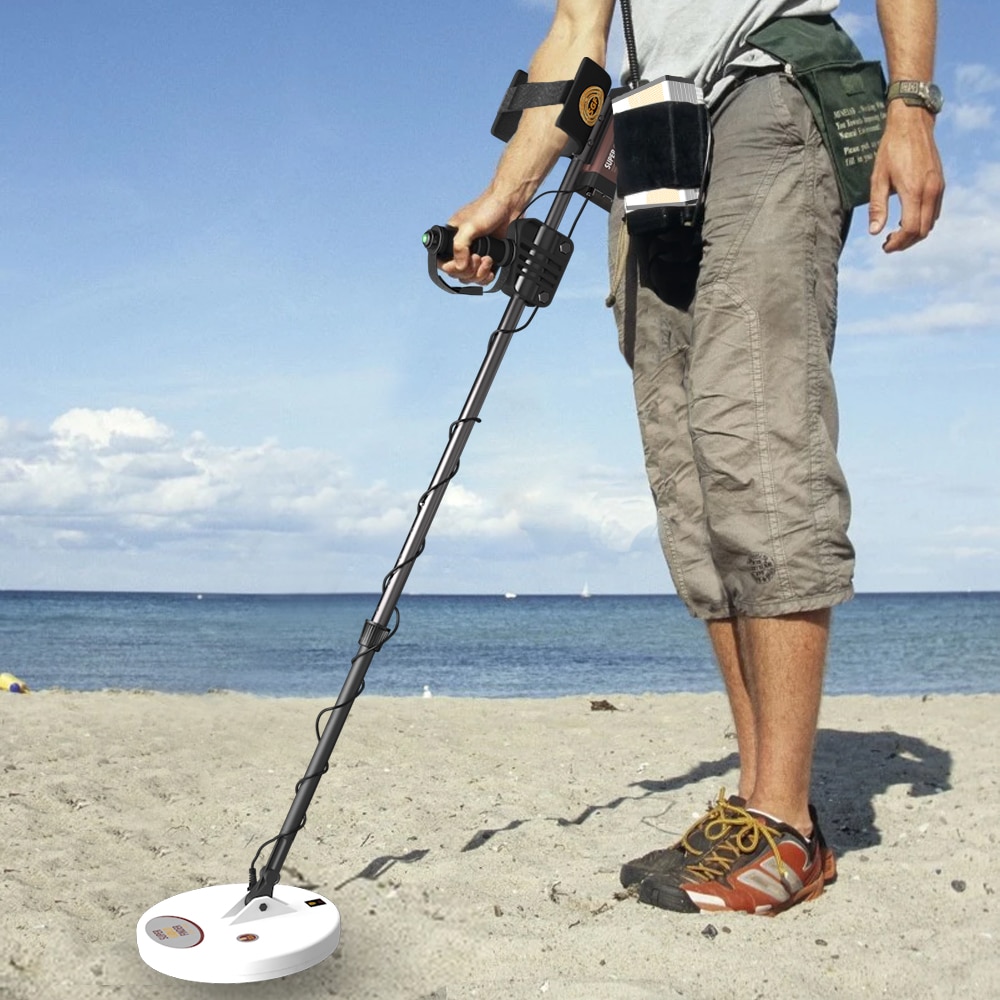Industrial Automatic Packing Line: Revolutionizing the Packaging Process
The advancements in technology have paved the way for numerous innovations across industries, and the packaging industry is no exception. With the implementation of an internally developed software vision system, the packing process has become more efficient and accurate than ever before. This article explores the incredible potential of the Industrial Automatic Packing Line (IAPL) and its role in streamlining the packaging process.
The IAPL incorporates a sophisticated software vision system that is capable of identifying the position and length of profiles, providing a comprehensive understanding of the packaging requirements. This breakthrough technology has revolutionized the packaging industry, offering a highly efficient solution for various applications.
The implementation of the IAPL begins with the profile detection process. The software vision system precisely detects the position and length of the profiles, ensuring the proper packaging arrangement. This feature eliminates the need for manual measurement, reducing human error and increasing productivity. By automating this process, the IAPL significantly speeds up the packaging process, allowing for higher production rates.
The benefits of the IAPL extend beyond its efficiency. With the software vision system, the packaging process becomes more accurate and reliable. The system ensures that each profile is packed in the appropriate position, minimizing the risk of damage during transportation. This not only improves customer satisfaction but also reduces potential losses for manufacturers.
Additionally, the IAPL allows for customization and flexibility in the packaging process. The software vision system is adaptable and can be easily programmed to accommodate various profiles and packaging requirements. This flexibility enables manufacturers to cater to the specific needs of their customers without compromising efficiency. Whether it is different profile lengths or specific packaging arrangements, the IAPL can handle it all.
The implementation of the IAPL also leads to significant cost savings for manufacturing companies. The software vision system eliminates the need for excessive manpower, reducing labor costs. Moreover, the optimization of the packaging process results in minimal wastage of materials, further reducing expenses. The IAPL offers a win-win situation for manufacturers, enhancing productivity while cutting down on operational costs.
Furthermore, the IAPL enhances workplace safety by reducing the risk of injuries associated with manual packaging processes. With automation taking over repetitive tasks, employees can focus on more complex and value-added activities. This not only improves overall efficiency but also creates a safer work environment.
The application of the IAPL is not limited to a specific industry. Its adaptability and customizable features make it suitable for a wide range of businesses, from automotive and electronics to pharmaceuticals and food. The software vision system can be modified to meet the unique packaging requirements of different industries, making it a versatile solution.
In conclusion, the Industrial Automatic Packing Line (IAPL) has transformed the packaging process with its internally developed software vision system. By detecting the position and length of profiles, this innovative technology has significantly improved efficiency, accuracy, and customization in the packaging industry. With cost-saving benefits, enhanced safety, and adaptability, the IAPL proves to be a game-changer for manufacturers across various sectors. Embracing this advanced packing technology will undoubtedly lead to higher productivity, reduced costs, and improved customer satisfaction.
Automatic Packing Line
"Streamline Efficiency: Revolutionizing Packaging Processes with APL - Automated Packing Line and Industrial Automatic Packing Line"

